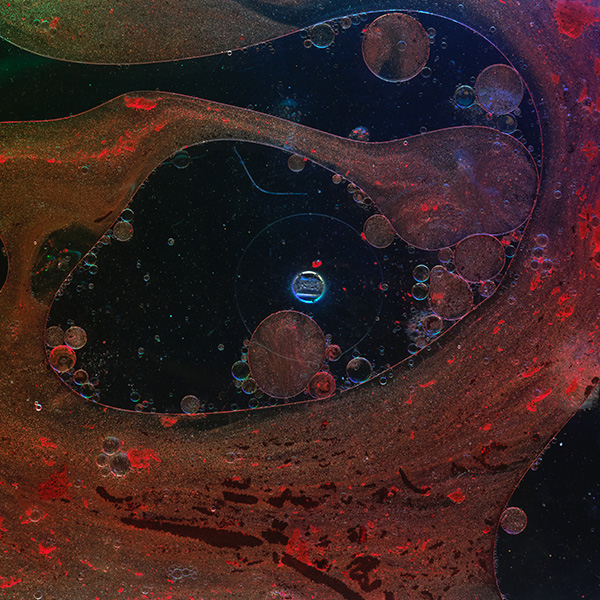Key Benefits
- Spot early thyroid underactivity before hormone levels fall.
- Flag a control signal mismatch: TSH high, Free T4 still in range.
- Clarify if fatigue, weight gain, or cold intolerance stem from thyroid imbalance.
- Guide treatment decisions, especially if TSH 10 or higher, symptoms, or positive TPO antibodies.
- Protect fertility by addressing thyroid issues linked to ovulation and miscarriage risks.
- Support healthy pregnancy with trimester-based TSH targets and timely levothyroxine.
- Track cardiovascular and lipid risks; recheck TSH in 6–12 weeks, then every 6–12 months.
- Best interpreted with thyroid peroxidase antibodies and your symptoms.
What are Subclinical Hypothyroidism
Subclinical hypothyroidism biomarker testing checks the body’s thyroid control loop to catch early underactivity before overt disease. The central marker is the pituitary’s “signal” to the thyroid, thyroid‑stimulating hormone (TSH), which rises when the brain senses that thyroid hormone effect is running low. At this stage, circulating thyroid hormone is still within the usual range, so measuring free thyroxine (free T4) confirms that the gland’s output remains intact even as it is being pushed harder. Antibody tests against thyroid enzymes and proteins—thyroid peroxidase antibodies (TPOAb) and thyroglobulin antibodies (TgAb)—reveal an autoimmune attack (Hashimoto thyroiditis), the commonest cause and a clue to future progression. Together, these biomarkers map the hypothalamic‑pituitary‑thyroid axis (TRH–TSH–thyroid hormone) and show whether the system is compensating, strained, or being injured by immunity. Their value is in identifying early thyroid underactivity, clarifying why it is happening, and signaling whether the thyroid is likely to remain stable or drift toward overt hypothyroidism, all before symptoms or clear hormone deficits appear.
Why are Subclinical Hypothyroidism biomarkers important?
Subclinical hypothyroidism biomarkers show how the brain and thyroid are negotiating your body’s metabolic “set point.” They center on TSH from the pituitary and the Free T4 Index, which estimates circulating thyroid hormone. Because thyroid signals touch energy use, heart rhythm, cholesterol handling, mood, fertility, and growth, these markers matter across nearly every organ system.
In general, TSH is considered normal around 0.4–4.5, and subclinical hypothyroidism means TSH is above that range while the Free T4 Index remains within the lab’s normal limits. For most nonpregnant adults, TSH tends to feel “best” toward the middle-to-lower part of normal, with a Free T4 Index in the mid‑range. Older adults may naturally run a bit higher TSH. During pregnancy, TSH normally shifts lower and Free T4 Index trends high‑normal.
When TSH is elevated but the Free T4 Index is still normal, the pituitary is working harder to keep thyroid hormone steady—an early form of thyroid underactivity. People may notice fatigue, feeling cold, dry skin, mild weight gain, low mood, constipation, heavier periods, or difficulty conceiving. LDL cholesterol often drifts upward, and heart rate can slow slightly. Women are affected more often; in pregnancy, higher‑than‑expected TSH has been linked to miscarriage and hypertensive complications. In children and teens, persistent elevation can subtly affect growth and school performance.
If TSH is low with a normal Free T4 Index, this points away from subclinical hypothyroidism and toward subclinical hyperthyroidism, with palpitations, anxiety, heat intolerance, and risks like atrial fibrillation and bone loss in older adults. A low Free T4 Index with non‑elevated TSH suggests a different, central thyroid issue.
Big picture: these biomarkers integrate brain–thyroid feedback with metabolic and cardiovascular health. Persistently higher TSH predicts greater chance of progressing to overt hypothyroidism, higher LDL, and potential cardiovascular risk, making them key signals for long‑term systemic well‑being.
What Insights Will I Get?
Thyroid hormones set the body’s metabolic pace, influencing energy production, temperature regulation, cholesterol handling, cardiovascular function, cognition, mood, menstrual cycles, and immunity. Biomarker testing can reveal early axis stress before overt hormone deficiency. At Superpower, we test these biomarkers for Subclinical Hypothyroidism: TSH (elevated) and Free T4 Index (normal).
TSH is the pituitary signal that rises when the brain senses that tissues may need more thyroid hormone; it has a sensitive, inverse log‑linear relationship with circulating thyroxine. The Free T4 Index estimates the bioavailable fraction of thyroxine after accounting for binding proteins. In subclinical hypothyroidism, TSH is above the reference interval while the Free T4 Index remains within it.
An elevated TSH with a normal Free T4 Index indicates the system is compensating: the pituitary is pushing the thyroid harder to keep hormone levels in range. Day‑to‑day function is often maintained, but physiologic reserve is lower. This pattern can subtly slow lipid turnover, endothelial function, and neuromuscular and cognitive speed, and may affect menstrual regularity and fertility. It also signals a higher likelihood of progression to overt hypothyroidism, particularly when TSH is higher or thyroid autoimmunity is present, though values can fluctuate or normalize over time.
Notes: Interpretation is influenced by age (TSH tends to rise), pregnancy (trimester‑specific ranges), acute or chronic illness (non‑thyroidal illness), circadian timing of sampling, and assay variability, including biotin interference. Medications (e.g., amiodarone, lithium, interferons, some TKIs) and recovery phases of thyroiditis or the postpartum period can transiently raise TSH with normal Free T4.







.avif)



.svg)





.svg)


.svg)


.svg)

.avif)
.svg)










.avif)
.avif)
.avif)


.avif)
.png)


